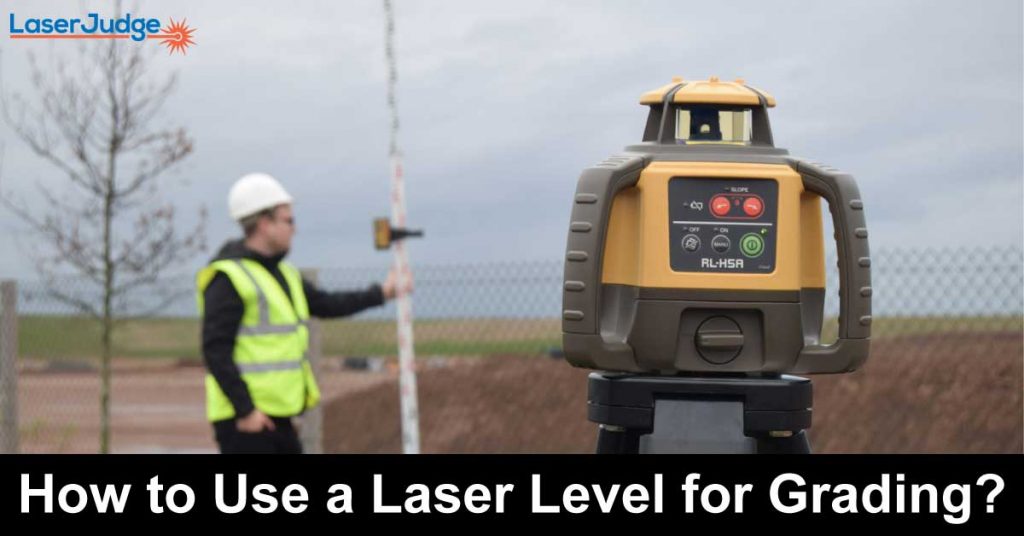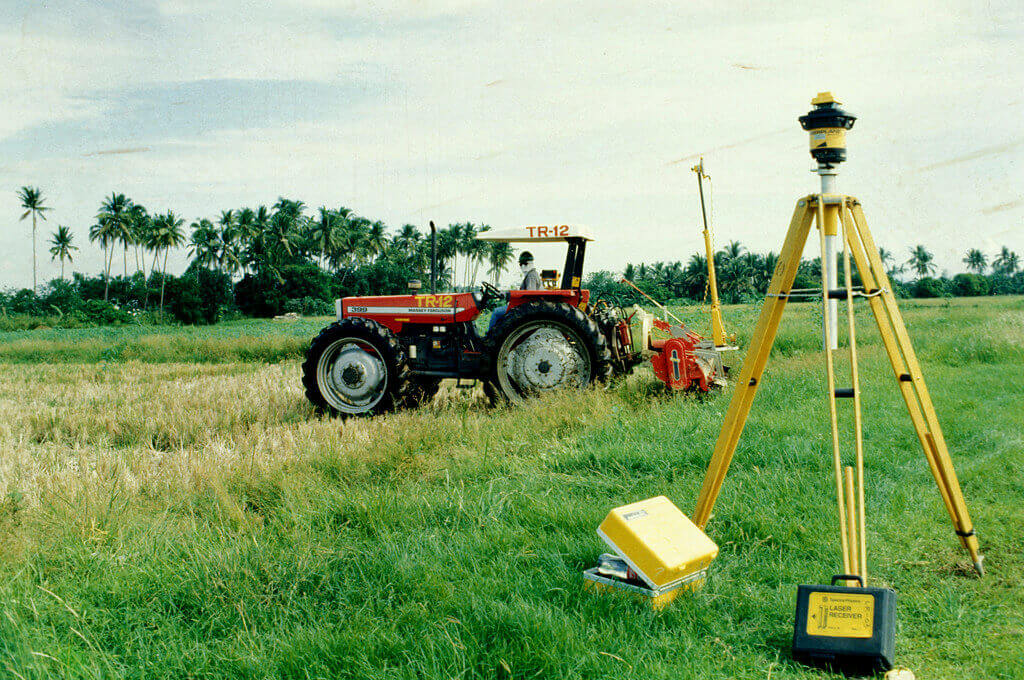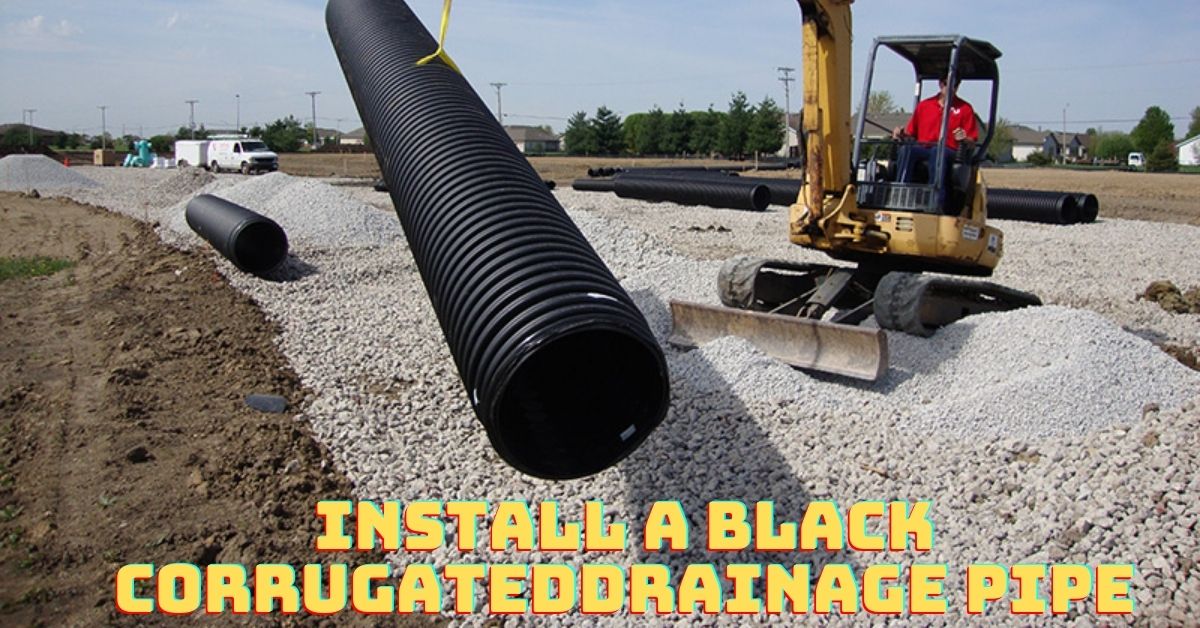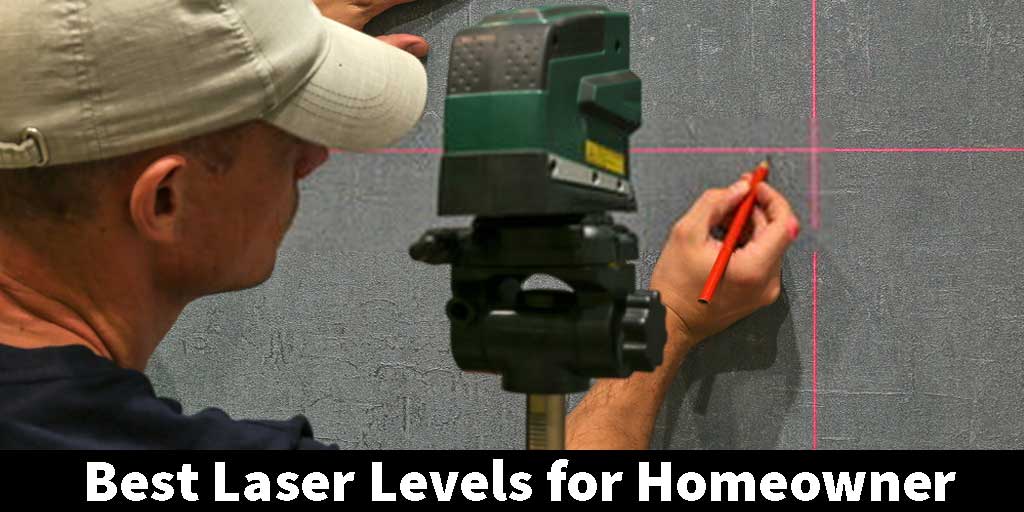Grading is the process of checking and ensuring the base level before constructing a building, road, or landscape. One has to find the unequal surface for foundation construction, landscaping, drainage, and other works. Without grading, one can easily go for the construction, but there is no guarantee of his property’s safety. Here I am going to explain the use of a laser level for grading.
–> Related Info: Best Laser Level For Grading
Table of Contents
Why Use a Laser Level?

It is an interesting question. There are many leveling instruments that you can use for grading, including dumpy level, plane table, digital level, Aneroid Barometer, and hypsometer. All of them might be good at their work, but none is comparable with a laser level regarding the accuracy, ease of use, and compatibility. A laser level not only ensures accuracy but also works better and easier. You don’t need to purchase specific laser levels for different tasks, as one can handle all sorts of leveling.
In grading, you will need a laser level that can indicate the rough surface even when there is a half an inch difference. A simple laser level can excellently handle the small area. The problem starts in grading a large area where a laser receiver has to be used. There you will have to follow the proper guidelines for accurate grading.
Things You Need:
There are a few things you will need while grading. You can, somehow, avoid these tools and go with the laser level only. But I recommend you not to compromise on it, especially in grading, where accuracy is everything. So it is better not to rely on innovational hacks.
- Laser level: You must have a laser level, probably a rotary laser level, for grading. You should also be aware of proper usage. Check if the battery is full or not. And most importantly, don’t forget to carry an extra battery or charger in your kit.
- A tripod: You cannot simply place the laser level on a surface or hang it anywhere. Unlike other leveling tasks, grading requires you to mount the laser level on a stand or tripod. Also, check the tripod’s height considering the job requirement. I recommend the flexible tripod for a better experience.
- A grade rod: It is a rod having measuring numbers on it. You can easily measure how much uneven the surface is with the help of a grade rod.
- A laser receiver: It is another must-have piece of equipment in grading. This device detects the laser lines accurately at a large distance, especially when they are far enough to see naked eyes.
- Chalk: You can use chalk or stick to mark uneven surfaces. Apart from this, you must have a notebook to enter the readings.
Step by Step Procedure:

Just follow my below steps for how to use a laser level for grading? Let’s start.
Step 1: Place the Tripod:
First of all, place the tripod on a surface you are going to even. Setup the tripod firmly. Spread its legs at an equal distance. It would help if you placed it so that it does not move (due to air). Before going to the next step, you should be 100% sure about the stability of the laser level.
Step 2: Mount and level the laser level:
Mount the laser level on the tripod and turn it ON. Now you have to level the laser level. If your equipment has the self-leveling feature, it will level automatically, but you will have to wait for a few moments. Otherwise, you can level the laser level manually, which is time-taking and less accurate.
Step 3: Attach the Laser Detector:
Place the grade rod at a random place and attach the laser detector to it. Try to keep the laser detector at a suitable height to be easier for you to adjust it in the next step.
Step 4: Adjust the Laser Detector:
Project the laser line on the grade rod and adjust the laser detector by moving it up and down. The laser detector will produce a constant beep sound to indicate that it is in the right position to adjust. However, you will hear the interrupted beep sound when the laser line is above or below the laser detector.
Step 5: Take Different Readings:
Now you have to move the grade rod randomly at different positions to take the different readings. Try to take as many readings as you can. The more reading you take, the more chance you have for successful grading. You have to lift up or sometimes dig down the grade rod into the ground.
Step 6: Mark the Positions:
In the end, mark the uneven positions. Then, the next step will be about evening those surfaces in any suitable way.
Type of Laser Level Suitable for Grading:
There are several types of laser levels. Not all are suitable for grading. For some reason, a rotary laser level is ideal for this sort of job. The rotary laser level is a 360-degree laser level equipped with the latest technology. It allows the 360-degree projection to cover the entire site at a time. You can use it for both indoor and outdoor works. Rotary laser levels have more projecting range, battery life, and hence power consumption than others.
Final Thoughts:
Grading is an important part of the construction, and everyone likes to do it perfectly. So, these were the steps following whom you can precede to the successful grading. Also, don’t ignore the importance of the selection of the best laser level for grading. Of course, it is better equipment which leads to a better result. You can ask your queries in the below comment section. Have a great day!



